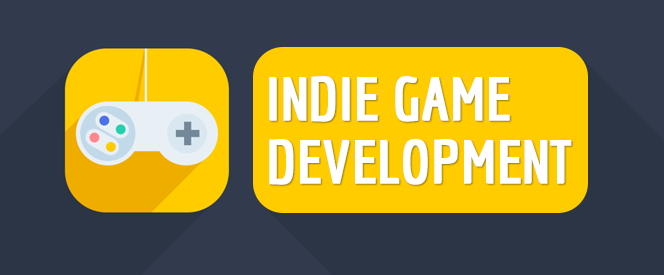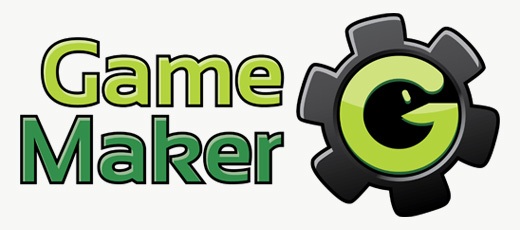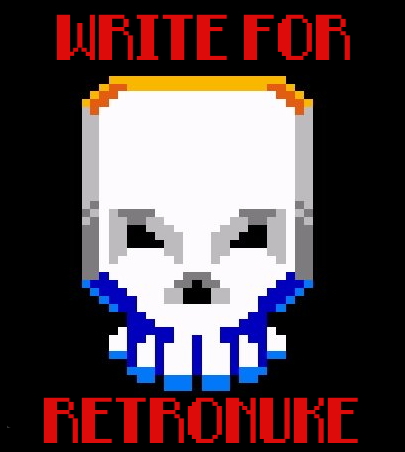You’ve decided you want to join the ranks of indie game creators, but you’re not sure where to start. This post will walk you through the entire process of ideation, sourcing development tools, creating characters and stories, and environment creation. Find out all the short-cuts of the game development and learn how to make a video game quickly and efficiently!

1. Plan your game.
The first step is planning your game. It might seem boring, but it’s an important part of the process. If you have a firm idea of how you want your game to end up, you’re more likely to finish it!
What genre is your game?
Firstly, what genre is your game? Is it a FPS or a platformer or something else? What other games are inspiring you? What games do you not want yours to be like?
This choice will affect the whole scope of your project – from what game engine you choose to what the final product looks like. Don’t get intimidated – just understand that it’s an important decision.
What is your budget?
Secondly, what is your budget? Will you be spending no money, only time? Maybe you’ll be buying a game engine but not hiring a team. Do you plan on making the money back by selling your game, or is this a labor of love?
What is your concept?
Thirdly, what is your concept? If you’re struggling with this aspect, that’s okay! Just get a small notebook and start writing down any ideas that come to you. You’ll come across something game-worthy in no time!
What is your skill level?
What is your skill level? How good at programming are you? While it’s good to believe in yourself and take on challenges, you should still have a realistic understanding of your skills. This will affect the game engine you choose, as well as the scope of your game.
What platform will your game run on?
What platform do you want your game to run on? This will affect the game engine you choose, as well as the form your game takes. A mobile game is very different from a PC game, for example, and everything from the graphics to the controls are affected.
Make a design document.
To ensure you’ve answered all the above questions and more, it may be advantageous to make a game design document. A game design document answers all the questions anyone could possibly ask about your game if you were pitching it.
Include core game mechanics, game goals, controls, story, characters, environment, art, sound, and the user experience.
2. Choose a game engine that fits the game you want to make.
Did you know that RETRONUKE already has a list of 37 game engines that you can use to make your first game?
Here are some examples of engines that may be good for newbies:
Twine
Twine is one of the easiest options for people who don’t know how to code. It’s designed for creative types, and includes a visual interface that’s so easy that a game can be made within a day if you’re willing to type words and brackets!
Stencyl
No coding is necessary for Stencyl either, though unlike some other options, it isn’t free if you want to publish to any platform besides the web. On the upside, Stencyl claims no ownership nor collects any royalties on any games you make!
Game Maker: Studio
Game Maker: Studio has been used to make Undertale as well as Hotline Miami. With this program, you can export to a variety of platforms for a price. Unfortunately, users of this engine often report instability and crashes.
GameSalad
GameSalad is designed to be easy to use for those just learning how to program. It supports export to a variety of programs for free!
Construct 2
Construct 2 helps you use HTML5 to create 2D games without any coding knowledge. The free version limits your publishing options as well as the scope of your game.
3. Put together your team.
Your team may consist of just you or others. If you’ve thought about the scope of your game and made an honest assessment of your skills, then you should know what kind of team you need. For example, if you’re making a Twine, you might just need a proofreader, and you can recruit your friend who gets A’s in English. If you’re making a more complex and involved game and you don’t have a firm understanding of musical theory, you may want to hire a composer to make the music.
4. Create your game.
Start coding.
The next step is to get down to brass tacks and start coding!
Here’s where to start if you’re using one of the options above.
Twine
Twine requires no coding knowledge beyond the ability to type brackets, but if you want to spice up your game you may want to look into HTML, Javascript, and CSS.
Stencyl
Stencyl also requires no coding knowledge, but it can certainly help to know Haxe.
Game Maker: Studio
Game Maker: Studio uses a unique language, GML.
GameSalad
GameSalad uses a drag-and-drop interface only, with no coding.
Construct 2
Construct 2 requires no coding knowledge.
Build your assets.
Assets include 3D models, sprites, sound effects, music, code snippets, modules, and the like. If you’re looking to make games like those featured on RetroNuke, try using Piskel to make pixelated graphics. Don’t forget sound effects and music! These can really make or break a game. Use Bfxr to make original sound effects.
5. Test, revise, and test again.
Once you think you have your game the way you want it, it’s guaranteed to need testing. Maybe you think you have everything in order until someone does something you didn’t expect, and now you have to fix it.
Have friends test your game.
It’s especially important to have friends test your game. Just like writing an essay, sometimes having someone else edit is exactly the thing you need to catch mistakes and make your creation shine.

6. Stay motivated and committed!
Really, this step is important at every stage in the process. It’s very easy to get demotivated, stuck, or lost.
If you get stuck, sleep on the problem and try, try again.
Here are 8 Ways to Motivate Yourself to Finish a Project.

7. Publish your game.
The very last step is to publish your game! Maybe you want to share it with friends, or maybe you want to put it on the app store! Depending on the game engine you used, a variety of options are available to you and they can all be used to widely distribute your game. Good luck!
Have you made a video game that you want us to check out? Got any tips and tricks to share? Let us know in the comments below!







Leave a Reply